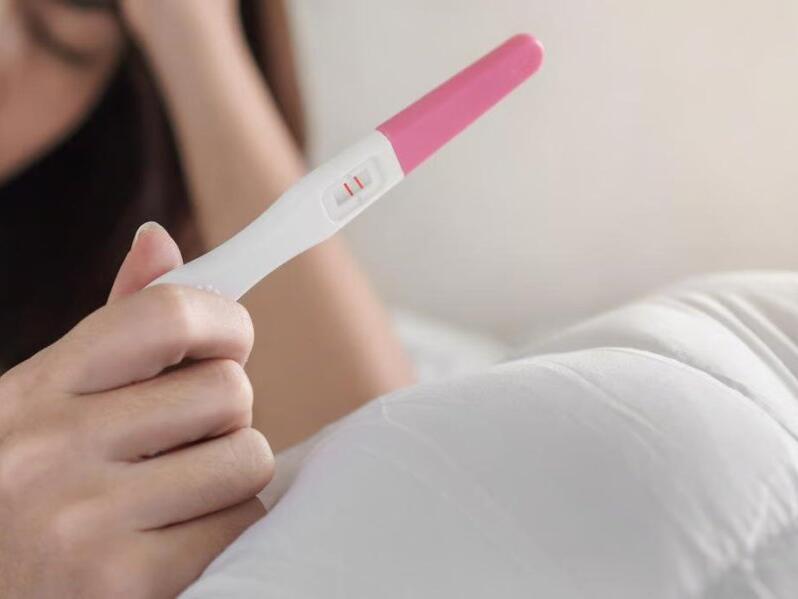Physical Address
304 North Cardinal St.
Dorchester Center, MA 02124
Physical Address
304 North Cardinal St.
Dorchester Center, MA 02124

Following the overturning of Roe v. Wade in 2022, an increase in surgical sterilization rates has been observed in states affected by the ruling. Recent research highlights a notable rise in tubal sterilization, where the fallopian tubes are tied, cut, or removed, in these regions.
On average, rates of tubal sterilization rose by 3% each month in states where abortion was outlawed following the Supreme Court’s ruling in Dobbs v. Jackson Women’s Health. This upward trend persisted for six months after the ruling in June 2022.
Lead researcher Xiao Xu, affiliated with Columbia University Irving Medical Center in New York City, remarked on the potential impacts this decision may have on women’s contraceptive choices. She emphasized the significant lifelong implications of choosing surgical sterilization, noting that the procedure is irreversible.
The findings of this research were published in the Journal of the American Medical Association. Xu’s team analyzed surgical sterilization rates among approximately 4.8 million women across 36 states and Washington, D.C., evaluating trends before and after the Dobbs decision.
In states where abortion bans were enacted following the ruling, the average monthly increase in surgical sterilization was consistent. Similarly, states that imposed restrictions on abortion access but did not implement outright bans also experienced an increase, though this was not statistically significant.
Conversely, no increase in surgical sterilization rates was observed in states that maintained unchanged access to abortion services. This indicates a potential link between the legal landscape surrounding abortion and women’s decisions regarding long-term contraception.
Additionally, a recent study from the University of California, San Francisco (UCSF), found that surgical sterilization is not an infallible method of pregnancy prevention. Research published in NEJM Evidence reported that between 3% and 5% of women who underwent tubal ligation subsequently experienced an unplanned pregnancy.
Dr. Eleanor Bimla Schwarz, the lead researcher at UCSF and chief of general internal medicine, underscored the findings, asserting that tubal surgery should not be regarded as the most reliable means of pregnancy prevention.
The implications of these studies highlight the changing choices women face regarding reproductive health in light of shifting legal frameworks. The increased rates of surgical sterilization post-Dobbs suggest that women might be opting for permanent solutions when faced with reduced access to abortion services.
As discussions around reproductive rights continue, it is crucial for women to have access to comprehensive information regarding all available contraceptive options, recognizing that decisions like surgical sterilization carry long-term consequences. Awareness of the potential risks and limitations of tubal sterilization remains essential for those considering this path.
Overall, the research presents a striking correlation between the current legal climate surrounding abortion and the healthcare decisions women make. Understanding this relationship could inform future policies and practices related to reproductive health.
Source: Columbia University Irving Medical Center, University of California, San Francisco



